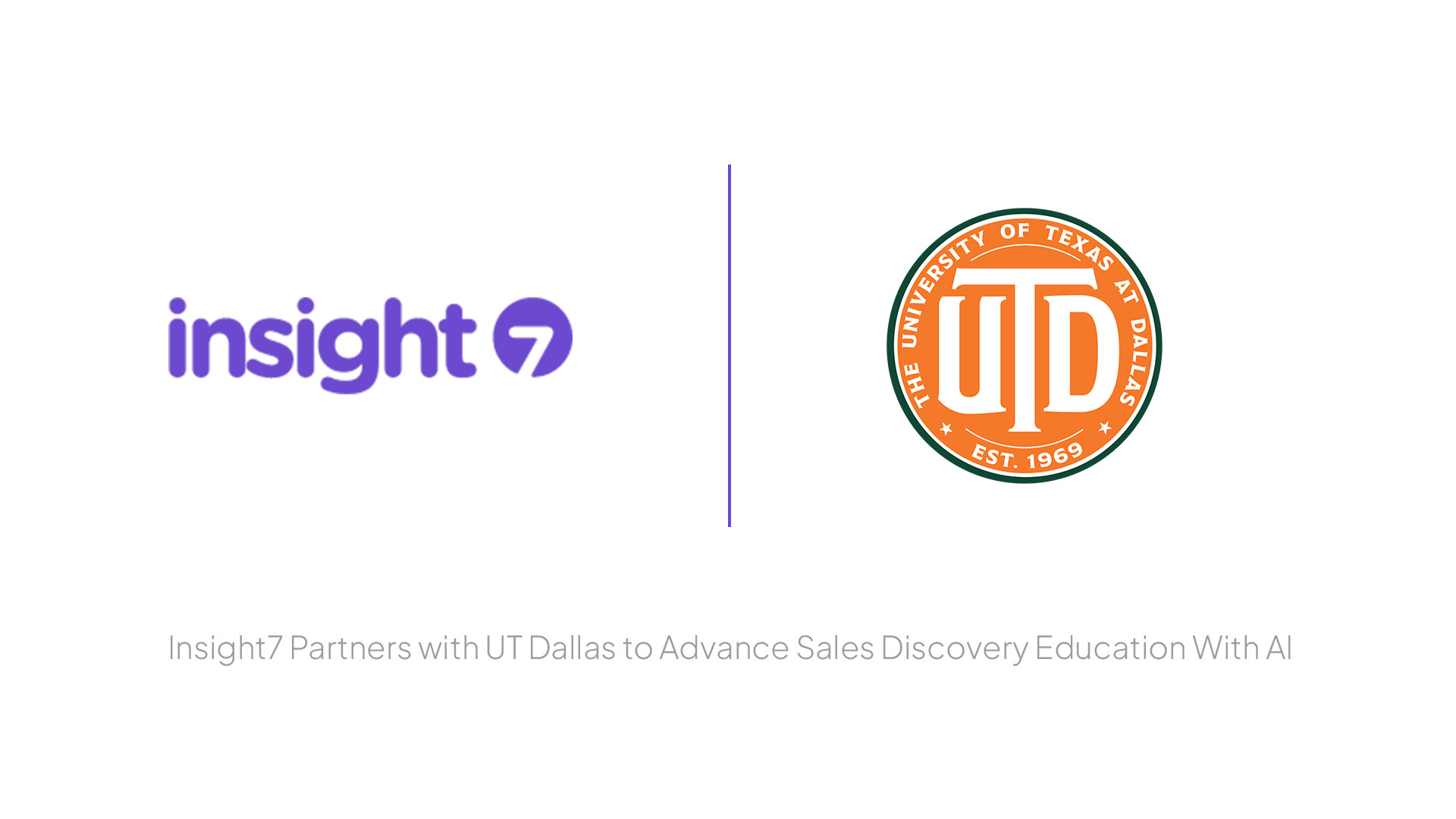How to Shape, Guide, and Trust Qualitative Research with AI
-
Kehinde Fatosa
- 10 min read

In today’s fast paced research environment, teams face two major challenges: managing large volumes of qualitative data and extracting insights that are reliable, actionable, and evidence backed. At Insight7, we’ve spent the last three years helping research teams, both in house and agency based, tackle these challenges, and the lessons we’ve learned have shaped a clear philosophy for modern qualitative research.
The Researcher Remains the Hero
Despite all the advances in AI, the researcher is still at the heart of the process. AI can accelerate data synthesis, automate repetitive tasks, and surface patterns that might take humans days to identify, but it doesn’t replace the judgment, creativity, or nuance that a human researcher brings. Today, AI empowers researchers to:
Focus on strategic design, iterative testing, and impactful recommendations.
Optimize their time by reducing manual analysis.
Share evidence based findings with stakeholders, improving understanding of both customers and the market.
In other words, AI amplifies human capabilities; it doesn’t replace them.
What’s Broken in Current Qualitative Research
Despite the availability of new tools, many research teams are still struggling:
Some teams continue manual analysis, which is slow and difficult to scale.
Many AI tools produce generic summaries that lack context or traceable evidence.
Fragmented workflows with multiple tools increase complexity rather than simplify it.
The reality is that teams don’t just need faster research, they need research they can trust, customize, and trace.
A Modern Approach: Human Guided, Evidence Backed Qualitative Research
At Insight7, we approach qualitative research with three guiding principles:
Shape the Research: Teams should be able to mold their research projects to fit specific goals, frameworks, and customer journeys. This means customizing workflows and leveraging tools that allow precise control over data analysis.
Guide the Process: Researchers maintain control over AI-assisted insights. They can review, refine, and edit outputs to ensure they align with business needs, rather than blindly accepting automated summaries.
Trust the Insights: Every insight should be backed by clear evidence, with full traceability to its source. This builds credibility and confidence when presenting findings to stakeholders or customers.
Practical AI Tools for Qualitative Research
Modern AI solutions can do much more than summarize transcripts—they allow researchers to:
Synthesize multiple interviews or feedback sessions into coherent insights.
Extract themes, quotes, and sentiment while filtering for relevance and goals.
Segment insights based on attributes such as customer type, journey stage, or business objective.
Generate reports, journey maps, and visualizations that are ready to share.
By combining shaping, guiding, and verifying, research teams can turn qualitative data into actionable insights with clarity, speed, and reliability.
Security and Data Integrity
Handling sensitive research data responsibly is critical. Modern research platforms follow strict privacy and security standards, including SOC 2 and other relevant certifications. Teams can confidently leverage AI without compromising client confidentiality or data integrity.
Closing Thoughts
Qualitative research is evolving rapidly, but the fundamentals remain: human judgment, context, and evidence backed insights are irreplaceable. By shaping your research, guiding AI assisted workflows, and verifying every insight, your team can transform raw conversations into strategic, actionable intelligence.
At Insight7, we believe this approach sets the standard for reliable, trustworthy qualitative research in the AI era.






